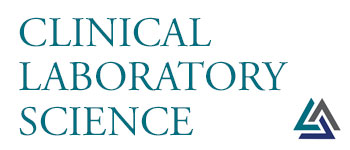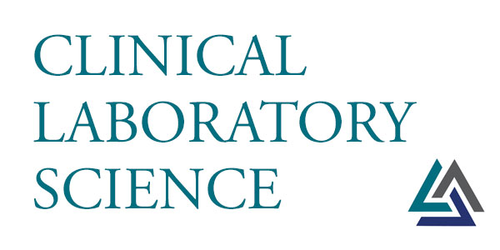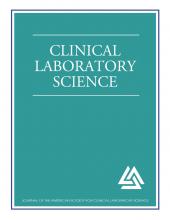This article requires a subscription to view the full text. If you have a subscription you may use the login form below to view the article. Access to this article can also be purchased.
- Thomas Corey Davis1
- Beverly George Gay
- Melissa Jamerson
- Sarah A. Marrs
- Ronsard Daniel
- Chuck J. Biddle
- ↵* Corresponding author; email: tcdavis{at}vcu.edu
Abstract
Infection control concerns abound in the surgical anesthesia workstation placing patients and providers at significant, documented risk as a result of many factors including provider hand hygiene lapses, equipment design and complexity, and challenging disinfection. We performed a trial to mitigate cross-contamination involving 30 general anesthesia surgical cases matched 1:1 as control (no intervention) or intervention group (condom-like barriers to four anesthesia workstation components that are frequently touched and contaminated, and very difficult to disinfect). Wraps were removed at case end, then replaced with fresh ones before the start of the subsequent case. Baseline culture samples were obtained prior to the first surgical case of the day in each room, then performed on cases that followed in each room over a 3-day period. Baseline colony formation units density was equivalent in both conditions with total density significantly lower in the covered/wrapped (Mean Rank = 5.81) vs uncovered condition (Mean Rank = 11.19) at p < 0.01, r = -0.64. Bacterial species diversity was markedly decreased in the covered condition. The covered condition served as a barrier to contamination of apparatus elements, preventing downstream patient exposure, mitigating between-case disinfection need. Intervention group providers were debriefed, finding only rare, addressable concerns. This research further validates the need for routine, periodic culturing of anesthetic apparatus to reveal lapses in provider behaviors and disinfection practices.
- Received January 13, 2020.
- Revision received March 2, 2020.
- Accepted March 9, 2020.
- Published by American Society for Clinical Laboratory Science






